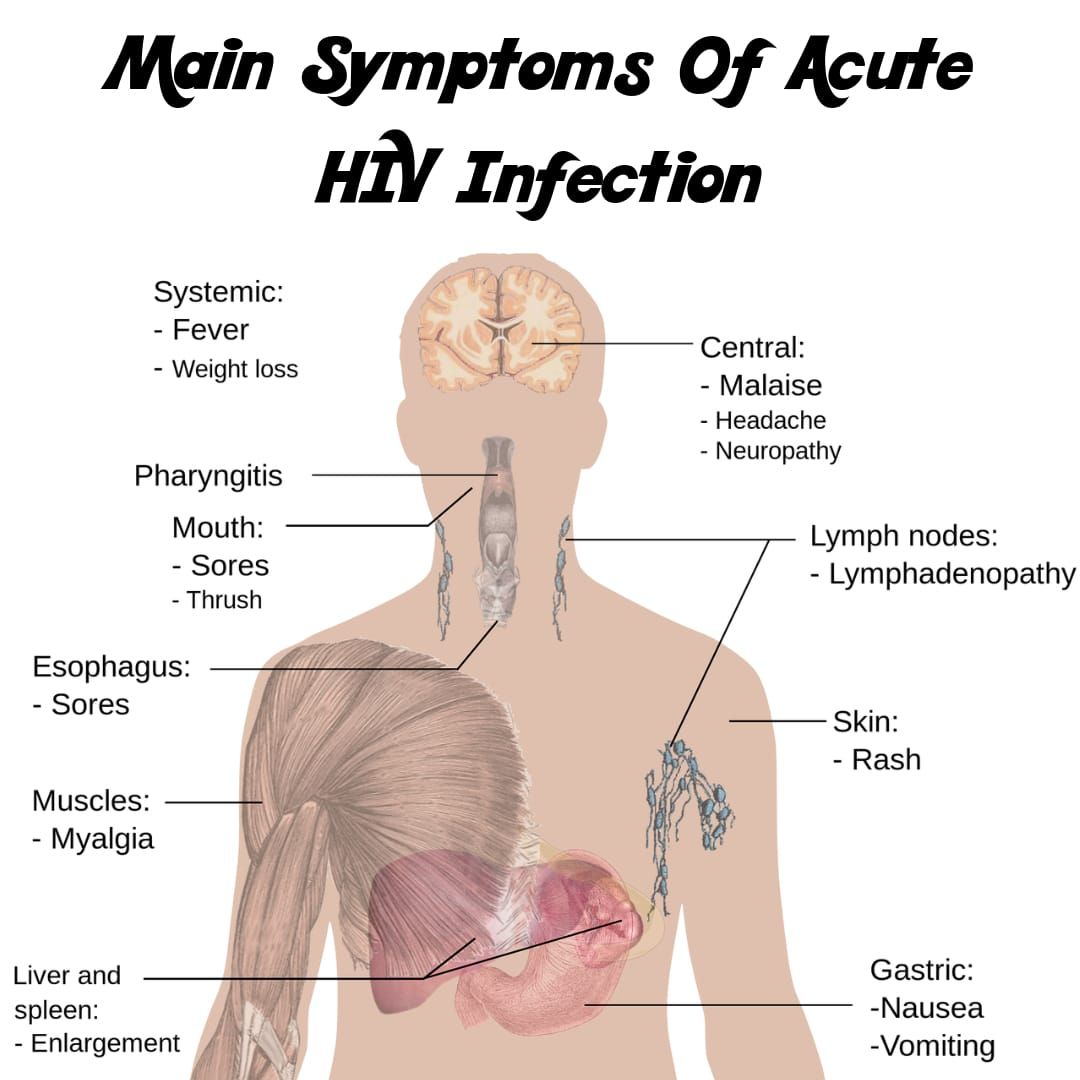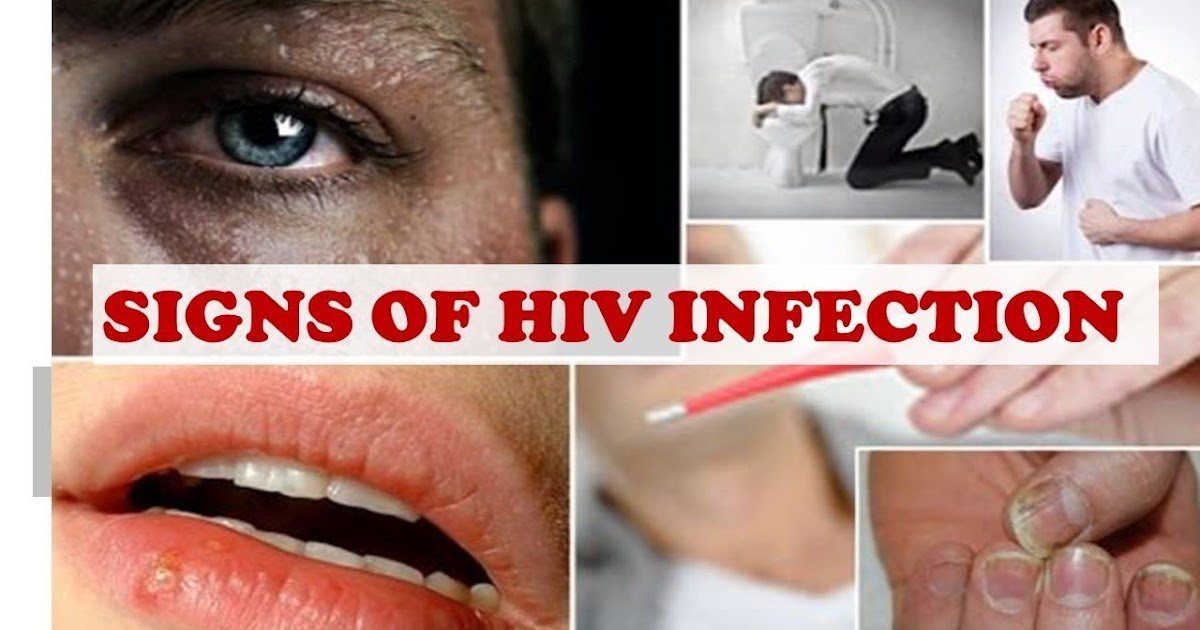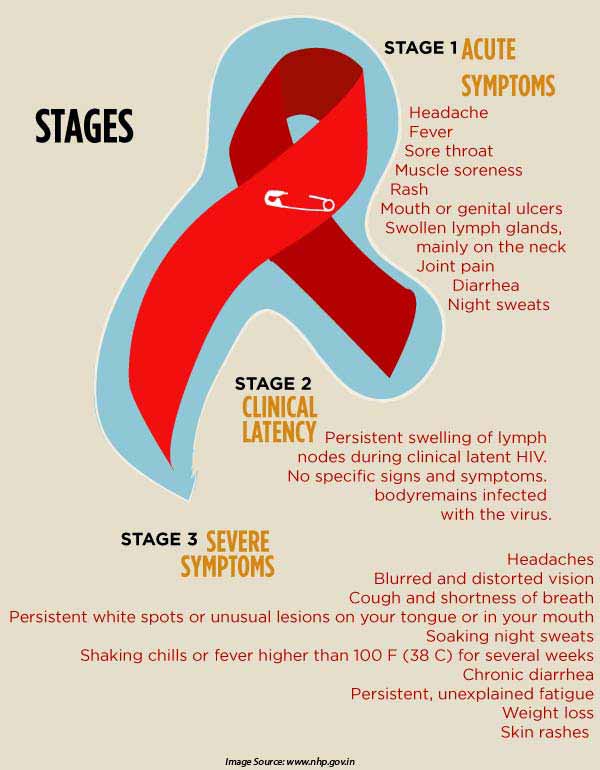Us Response To The Global Epidemic
The U.S. President’s Emergency Plan for AIDS Relief is the U.S. Governments response to the global HIV/AIDS epidemic and represents the largest commitment by any nation to address a single disease in history. Through PEPFAR, the U.S. has supported a world safer and more secure from infectious disease threats. It has demonstrably strengthened the global capacity to prevent, detect, and respond to new and existing riskswhich ultimately enhances global health security and protects Americas borders. Among other global results, PEPFAR provided HIV testing services for nearly 50 million people in Fiscal Year 2020 and, as of September 30, 2020, supported lifesaving ART for nearly 18.2 million men, women, and children.
In addition, the National Institutes of Health represents the largest public investment in HIV/AIDS research in the world. NIH is engaged in research around the globe to understand, diagnose, treat, and prevent HIV infection and its many associated conditions, and to find a cure.
What Are The Symptoms Of The Last Stage Of Hiv
AIDS is the last stage of the HIV infection and is the most severe of all stages. Although its important to note that with the progression in treatments, its not as common for people living with HIV to develop AIDS.
When HIV goes untreated, Mayo Clinic estimates that it can progress into AIDS in around 8-10 years . As HIV causes a weakened immune system when the virus progresses into AIDS, the immune system is thoroughly damaged, increasing the possibility of experiencing severe illnesses – also referred to as opportunistic infections.
The signs and symptoms of these opportunistic infections may include:
- Night sweats
See also:Opportunistic Infections: Types, Causes, and Prevention
Main Symptoms Of Aids
The main symptoms of AIDS only appear if the person doesnt get any treatment against the HIV virus and can occur about 8 to 10 years after first being infected with HIV. These symptoms can include:
This symptoms usually occur when HIV virus has developed into large amounts, affecting white cell production and the immune system. Opportunistic infections, such as viral hepatitis, tuberculosis, pneumonia or toxoplasmosis, usually also develop at this stage due to the weakened immune system.
Don’t Miss: Does Nba Youngboy Have An Std
Seborrheic Dermatitis Or Other Skin Rashes
One of the earliest symptoms of HIV is seborrheic dermatitis. This effects between 30 and 83 percent of those affected with HIV, according to a 2008 study published in Acta Dermatovenerol Croatia. Sebaceous glands are found on the head, face, chest, groin, and upper back area. Early symptoms included patches of red, itchy, flaky, inflamed skin on the scalp, face, or chest. Some studies have found that this itchy rash was the second most commonly reported symptom.
READ ALSO: 12 Warning Signs of Cervical Cancer Every Woman Should Know
Remember that you cannot get the HIV virus if you do not engage in risky behavior. Sharing towels or hugging someone is not enough to become infected. Never share needles and never have unprotected sex with strangers.
References:
Can Hiv/aids Be Prevented

You can reduce the risk of spreading HIV by
- Getting tested for HIV
- Choosing less risky sexual behaviors. This includes limiting the number of sexual partners you have and using latex condoms every time you have sex. If your or your partner is allergic to latex, you can use polyurethane condoms.
- Getting tested and treated for sexually transmitted diseases
- Not injecting drugs
- Talking to your health care provider about medicines to prevent HIV:
- PrEP is for people who don’t already have HIV but are at very high risk of getting it. PrEP is daily medicine that can reduce this risk.
- PEP is for people who have possibly been exposed to HIV. It is only for emergency situations. PEP must be started within 72 hours after a possible exposure to HIV.
NIH: National Institutes of Health
You May Like: Does Cookie Johnson Have Hiv
We Know That Men Who Have Sex With Men In Illinois Are At Higher Risk For Hiv What About Women Who Have Sex With Women
It is not a personâs gender, sexual orientation, race or class that puts them at risk for HIV. People are at risk for HIV when they practice risky behaviors. Women who identify as lesbian or gay can be at risk for HIV by practicing any of the behaviors that place women at risk. Lesbian women have become infected with HIV by using injection drugs or having unprotected sex with male or female partners who are already infected with HIV. Women who have sex with other women should follow guidelines in this fact sheet to protect themselves, and can call the Illinois AIDS/HIV/STD Hotline at 800-243-AIDS for specific information.
Increased Outbreaks Of Other Sexually Transmitted Infections
For people who already have another sexually transmitted infection , HIV can lead to worsening symptoms.
Human papillomavirus , which causes genital warts, is more active in people who have HIV. HIV can also cause more frequent and more intense outbreaks in people with genital herpes. Their bodies may not respond as well to their herpes treatment, either.
HIV is transmitted through bodily fluids. This can happen through sharing needles during drug use or through sexual intercourse. Key ways to reduce the risk of HIV include the following:
- not sharing needles when using injected drugs
- taking pre-exposure prophylaxis the US Preventive Services Task Force recommends this preventive medication for people with known risk factors for HIV
- not douching after sex it can alter the natural balance of bacteria and yeast in the vagina, making an existing infection worse or increasing the risk of contracting HIV and STDs
- using a condom, properly, if not in a monogamous relationship with an HIV-negative partner
Women without HIV who have HIV-positive partners arent at risk of contracting the virus if their partner uses HIV medications daily and achieves viral suppression, though ongoing use of a condom is recommended.
According to the Centers for Disease Control and Prevention Trusted Source , HIV-positive people pose effectively no risk of transmitting HIV when their viral load is consistently measured at fewer than 200 copies of HIV per milliliter of blood.
Recommended Reading: How Long Can Hiv Lay Dormant
Hiv Vs Aids: Whats The Difference
Overview
It can be easy to confuse HIV and AIDS. They are different diagnoses, but they do go hand-in-hand: HIV is a virus that can lead to a condition called AIDS, also known as stage 3 HIV.
At one time, a diagnosis of HIV or AIDS was considered a death sentence. Thanks to research and the development of new treatments, people with HIV at any stage today are living long, productive lives. An HIV-positive person who adheres to regular antiretroviral treatment can expect to live a near-normal life span.
A Sexually Transmitted Infection
Katie Salerno/Flickr Creative Commons
Contracting other sexually transmitted diseases can significantly increase the risk of getting HIV. For instance, some STDs like syphilis and herpes cause skin lesions that make it easier for HIV to enter the body.
STDs may also cause inflammation, which is something that is triggered by the body’s immune system. HIV preferentially infects defensive white blood cells, so when there are more of them around, it’s easier to contract HIV.
Having an STD like gonorrhea or syphilis means that you’ve engaged in unprotected sex, a key risk factor for HIV. So if you have been diagnosed with an STD, talk to your healthcare provider about how you can reduce your HIV risk.
Don’t Miss: Hiv Stays Alive In Dried Blood
St Stage: Symptoms Of Hiv In Men Acute Retroviral Syndrome
When a body is infected by HIV for the first time, you may witness flu like symptoms. These symptoms are reactions of human body to the HIV infections. The primary stage is also called ARS i.e. Acute Retroviral Syndrome. The symptoms of first stage of HIV infections includes:
- Fiver
The common reasons for Acute Retroviral Syndrome are as follows:
- Contaminated Blood Transfusion
- Unprotected vaginal and anal sex
- Using used syringes and needles
2nd Stage: Symptoms of HIV in Men Asymptomatic Stage
The second stage is the stage which can long for many years together and is also known as silent phase. This is the most dangerous stage as the person wont know if he is infected with HIV and will carry on his routine for many years. But sometimes infected men can experience symptoms such as swollen & painless lymph gland, etc.
3rd Stage: Symptoms of AIDS
If HIV is not treated in 1st & 2nd stage, it becomes severe and reaches to the 3rd and the final stage of HIV infection AIDS i.e. Acquired Immune Deficiency Syndrome. This occurs when HIV has damaged the immune system to an extent that the human body becomes vulnerable to any opportunistic infection. According to WHO, the development of infection from HIV to AIDS takes about 10-15 years and even more. The symptoms of AIDS are as follows:
- Fatigue and weakness
Apart from these symptoms, body get easily infected from opportunistic infections such as Tuberculosis, etc.
Tests against HIV
Prepare for HIV Test
Is There Any Treatment Of A Cure For Hiv/aids
Currently, there is no cure for HIV/AIDS. People living with HIV will need lifelong treatment. The best treatments right now are combinations of prescription drugs. These medications include antiviral treatment, protease inhibitors and other drugs that help people who are living with HIV stay healthy. People living with HIV also can stay healthy by doing things like eating properly, exercising and getting enough sleep.
You May Like: How Long Does Hiv Live On Surfaces
Hiv : Causes Symptoms Prevention And Treatment
When Charlie Sheen recently broke the news of his HIV-positive status on American television in 2015, the world sat up and took note.
According to the Centers for Disease Control and Prevention , more than 1.1 million people are currently HIV infected in the USA, and as many as 15 percent remain unaware of their infection.
HIV stands for human immunodeficiency virus. This virus infiltrates and destroys the CD4 cells, which are a type of T-helper cells or white blood cells that play an important role in the immune system.
These cells navigate the entire body through the bloodstream and are responsible for detecting any cellular anomalies as well as signs of an infection or disease. Thus, they essentially work as foot soldiers in the bodys natural defense system.
As the HIV virus breaks down more and more of CD4 cells over time, the immune system is rendered weak and incapacitated to fight off everyday infections and more serious ailments such as cancer.
Once contracted, the impact of these conditions is also far more amplified and dangerous. In fact, for an HIV victim, even the most minor sickness can end up being fatal if not attended to properly as the damage tends to progressively worsen.
Some research demonstrates that there is a disparity in gender incidence for HIV infection and shows that HIV-1 prevalence among girls and young women is double that among males of the same age.
Contents
Fever And Night Sweats

People with HIV may experience long periods of low-grade fever. A temperature between 99.8°F and 100.8°F is considered a low-grade fever.
The body develops a fever when something is wrong, but the cause isnt always obvious. Because its a low-grade fever, those who are unaware of their HIV-positive status may ignore the symptom.
Sometimes, night sweats that can interfere with sleep may accompany fever.
Women with HIV can experience changes to their menstrual cycle. Their periods may be lighter or heavier than normal, or they may not have a period at all.
HIV-positive women may also have more severe premenstrual symptoms.
Recommended Reading: How Does Cookie Johnson Not Have Hiv
Aids Diagnosis Is More Complicated
AIDS is late stage HIV infection. Healthcare providers look for a few factors to determine if HIV latency has progressed to stage 3 HIV.
Because HIV destroys immune cells called CD4 cells, one way healthcare providers diagnose AIDS is to do a count of those cells. A person without HIV can have anywhere from 500 to 1,200 CD4 cells. When the cells have dropped to 200, a person with HIV is considered to have stage 3 HIV.
Another factor signaling that stage 3 HIV has developed is the presence of opportunistic infections. Opportunistic infections are diseases caused by viruses, fungi, or bacteria that would not make a person with an undamaged immune system sick.
The Difference Between Hiv And Aids
It is incorrect to use HIV and AIDS interchangeably. While an HIV infection is a starting point, AIDS is its most advanced and final stage. Thus, a person with HIV need not progress to this late-stage condition called AIDS, but a person with AIDS has to have contracted HIV first.
HIV is a virus that targets and destroys a type of white blood cell called a CD4 cell, thereby diminishing the bodys natural immunity against infection and illness over time. AIDS, on the other hand, is the final outcome, which manifests itself in the form of a syndrome when an HIV patient fails to undergo the stipulated treatment.
Conversely, people who get tested and diagnosed early and subsequently adhere to the doctor-prescribed treatment regimen for HIV are unlikely ever to develop AIDS.
Don’t Miss: Cookie Johnson Hiv
Psoriasis Skin Rashes Symptoms
Psoriasis is a long-lasting, noncontagious autoimmune disease characterized by raised areas of abnormal skin. These areas are red, or purple on some people with darker skin, dry, itchy, and scaly. Psoriasis varies in severity from small, localized patches to complete body coverage. Injury to the skin can trigger psoriatic skin changes at that spot, which is known as the Koebner phenomenon.
Stage : Clinical Latency
In this stage, the virus still multiplies, but at very low levels. People in this stage may not feel sick or have any symptoms. This stage is also called chronic HIV infection.
Without HIV treatment, people can stay in this stage for 10 or 15 years, but some move through this stage faster.
If you take HIV medicine every day, exactly as prescribed and get and keep an undetectable viral load, you can protect your health and have effectively no risk of transmitting HIV to your sexual partner.
But if your viral load is detectable, you can transmit HIV during this stage, even when you have no symptoms. Its important to see your health care provider regularly to get your viral load checked.
Don’t Miss: Does Cookie Johnson Have Hiv
Third Stage: Aids Symptoms
AIDS is the advanced stage of HIV infection. This is usually when your CD4 T-cell number drops below 200 and your immune system is badly damaged. You might get an opportunistic infection, an illness that happens more often and is worse in people who have weakened immune systems. Some of these, such as Kaposi’s sarcoma and pneumocystis pneumonia , are also considered âAIDS-defining illnesses.â
If you didn’t know earlier that you were infected with HIV, you may realize it after you have some of these symptoms:
- Being tired all the time
- Swollen lymph nodes in your neck or groin
- Fever that lasts more than 10 days
Who Should Get Tested And How Often
The CDC recommends that people within the age gap of 1364 years should make it a point to get tested at least once in their lifetime. Furthermore, people who are in high-risk populations should exercise greater precaution and get tested often, which is every 36 months.
To be more certain, you must speak with your healthcare provider to get a fair assessment of your risk factors and accordingly determine how often you should get tested for HIV.
Recommended Reading: Does Nba Youngboy Have Hiv
Hiv Doesnt Always Progress To Stage 3
HIV is a virus, and AIDS is the condition the virus may cause. An HIV infection doesnt necessarily progress to stage 3. In fact, many people with HIV live for years without developing AIDS. Thanks to advances in treatment, a person living with HIV can expect to live a near-normal life span.
While a person can have an HIV infection without having AIDS, anyone diagnosed with AIDS has already contracted HIV. Because there is no cure, the HIV infection never goes away, even if AIDS never develops.
What Is Hiv What Is Aids

HIV is a virus that attacks the immune system, the body’s natural defence system. Without a strong immune system, the body has trouble fighting off disease. Both the virus and the infection it causes are called HIV.
White blood cells are an important part of the immune system. HIV infects and destroys certain white blood cells called CD4+ cells. If too many CD4+ cells are destroyed, the body can no longer defend itself against infection.
The last stage of HIV infection is AIDS . People with AIDS have a low number of CD4+ cells and get infections or cancers that rarely occur in healthy people. These can be deadly.
But having HIV doesn’t mean you have AIDS. Even without treatment, it takes a long time for HIV to progress to AIDSusually 10 to 12 years.
When HIV is diagnosed before it becomes AIDS, medicines can slow or stop the damage to the immune system. If AIDS does develop, medicines can often help the immune system return to a healthier state.
With treatment, many people with HIV are able to live long and active lives.
There are two types of HIV:
- HIV-1, which causes almost all the cases of AIDS worldwide
- HIV-2, which causes an AIDS-like illness. HIV-2 infection is uncommon in North America.
Don’t Miss: Does Cookie Johnson Have Hiv